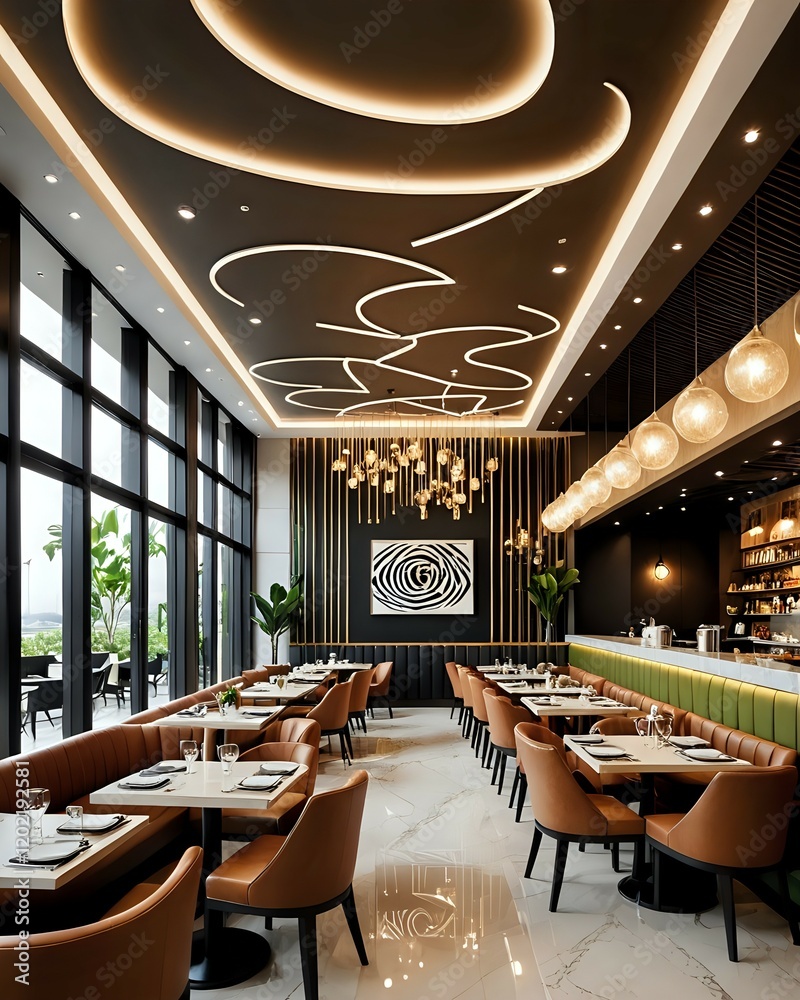Have questions? Reach out to our team to discuss specifics to your project.

During new build or renovation projects, hotel owners and developers want a seamless integration of design intent and construction execution. In this blog, experienced hotel designers from ID Studio describe how interior designers and general contractors (GCs) can collaborate to maintain design integrity, budget adherence, and timely delivery.
Harmonizing Aesthetics and Practicality
Establishing a partnership with good communication between designers and GCs ensures that design elements fulfill both aesthetic aspirations and practical requirements, including durability, safety, and functionality. It’s critical for designers to develop detailed contract documents to allow their vision to translate into robust, functional spaces capable of withstanding the demands of a high-traffic hotel environment.
Design drawings show the design intent, dimensions, materials, and layouts. They often include construction specifications that provide workmanship standards and installation methods, while design specifications provide the precise material information, quality expectations, and performance standards.
Early Communication for Seamless Coordination
Proactive communication of key design considerations to GCs can prevent delays, cost overruns, and execution errors. Early discussions are particularly vital in these three areas:
1. Product and Material Lead Times: Should be assessed early in the project and included in the project schedule. Clear communication between contractors and procurement teams aligns the ordering and delivery of products to the site with the GC's project schedule.
2. Bar Millwork Coordination: This complex area requires precise coordination of plumbing and electrical for equipment with the added complexities of locking cabinetry, lighted displays, guest convenience outlets, TVs, and specialty materials applications.
3. Material Delivery and Storage: Designers should know the size of the elevators and any pinch points in the corridors to specify a product that can travel through these areas to its final destination for installation. Contractors must properly store sensitive materials, such as wood and textiles, to keep from voiding warranties and to protect them from moisture or extreme temperatures.

Setting Up for Success: The Project Kick-Off
An early project kick-off meeting gathers the GC, owner, architect, interior designer, and other essential consultants. Its primary objective is a detailed "page-turn" review of all contract documentation that allows the design team to highlight critical design features, identify high-coordination areas between disciplines, and address discrepancies between documentation and existing site conditions.
After this initial meeting, regular OAC (Owner, Architect, and Contractor) calls that also include the designer are imperative to maintain consistent communication, proactive problem-solving, and ongoing alignment throughout the construction phase.
Navigating Design-Build Trade-offs
Conflicts can arise when aesthetic preferences clash with functionality or cost-effectiveness. Once the designer issues contract documents, the GC must meticulously review them against on-site conditions to identify potential issues with layouts, materials, methods, or sequencing.
The GC and designer play a vital role in identifying alternative materials or methods that can still uphold the design intent while also delivering cost efficiencies. Common examples include substituting quartz in countertops, various wood species in furniture, or architectural lighting solutions such as specific LED strip lights or recessed can lights.
Ensuring Design Fidelity: Execution of Detail
Translating unique textures, specialty finishes, and custom furniture concepts into reality demands meticulous execution. ID Studio facilitates this by providing the GC with a comprehensive specification binder. This binder includes written specifications for all materials and physical samples for direct comparison during material delivery.
For instance, wallcovering specifications will detail pattern repeats and installation methods (reverse hang, random match, ½ drop, etc.) to guarantee the installer achieves the desired look. Specialty wallcoverings such as digital artwork or large repeats will come with an installation diagram, and each wallcovering drop is labeled to correspond to the diagram.
The GC should provide shop drawings to the designer for review prior to fabrication of millwork or specialty installations. The shop drawings should be provided by the subcontractor fabricating and installing the item(s) with detailed information depicting how the custom elements will be executed.
At ID Studio, we emphasize fostering strong partnerships between interior design and GC teams. Considering your next hotel development or renovation? Contact us to discuss partnering with an experienced hotel design firm who prioritizes detailed communication, collaborative project execution, and good teamwork throughout your project.


